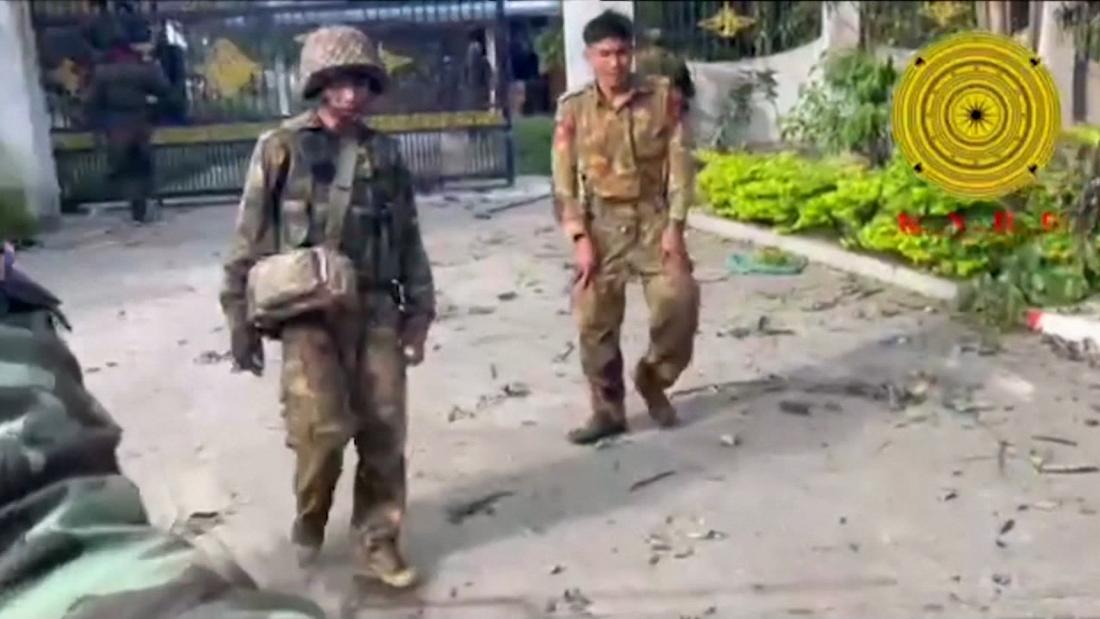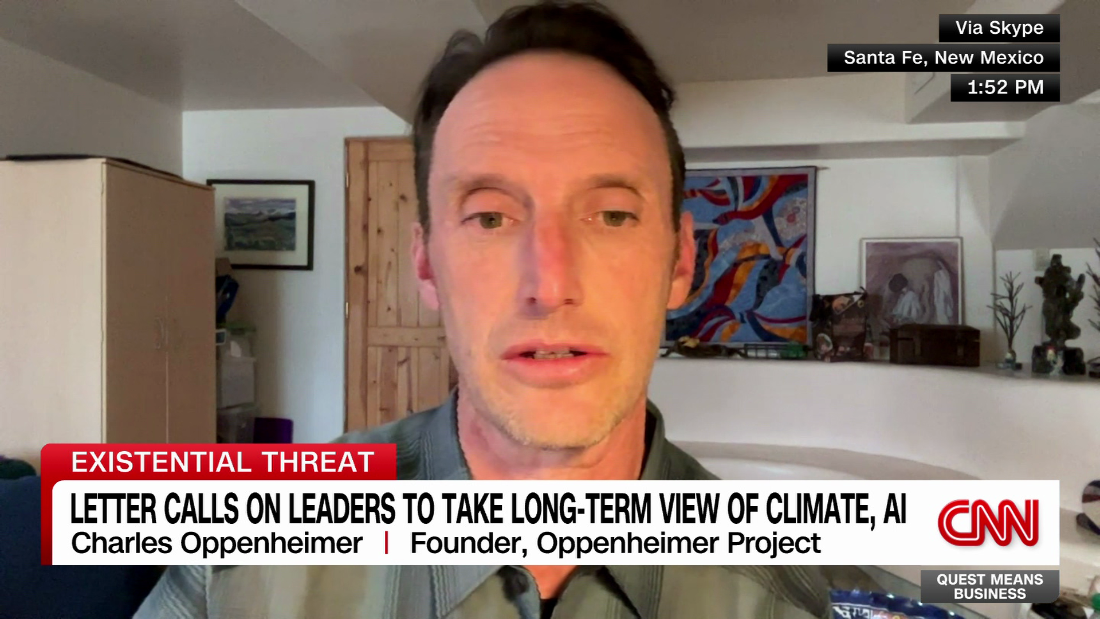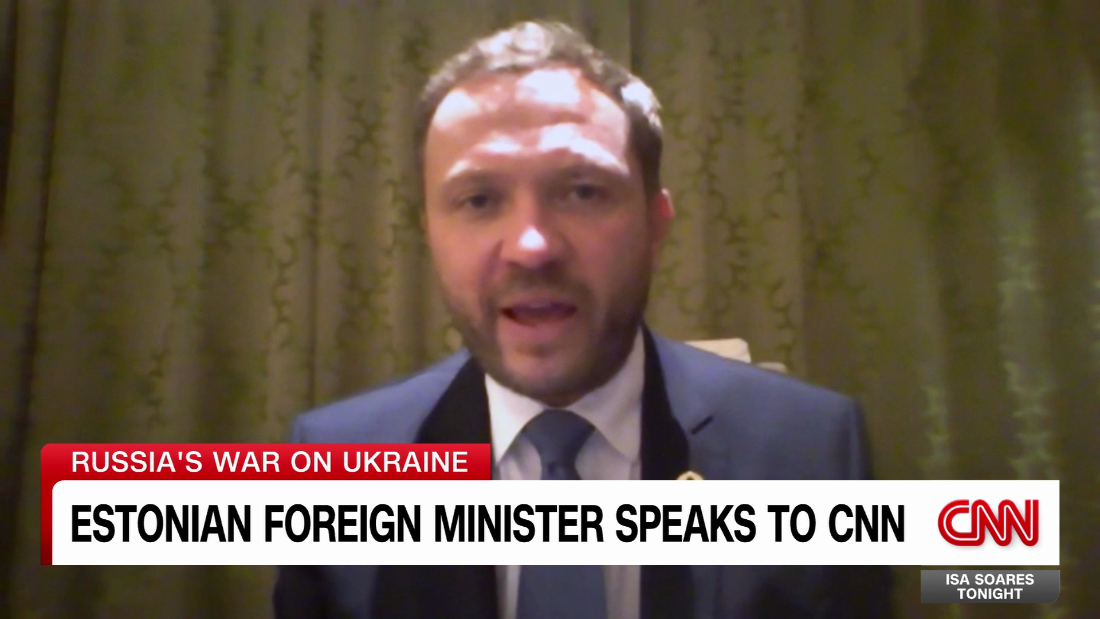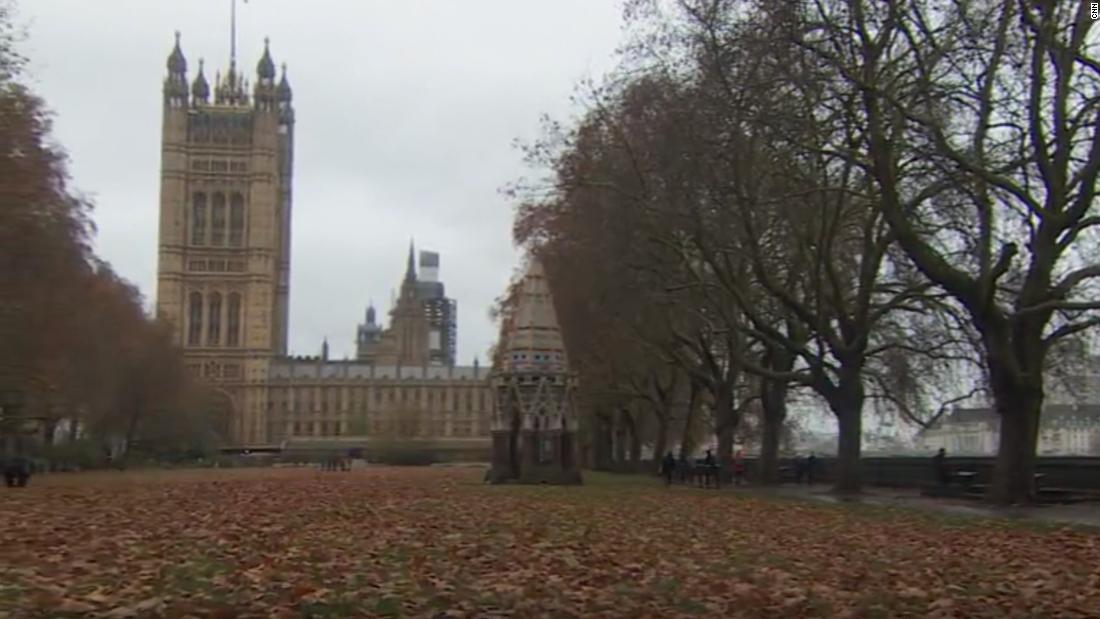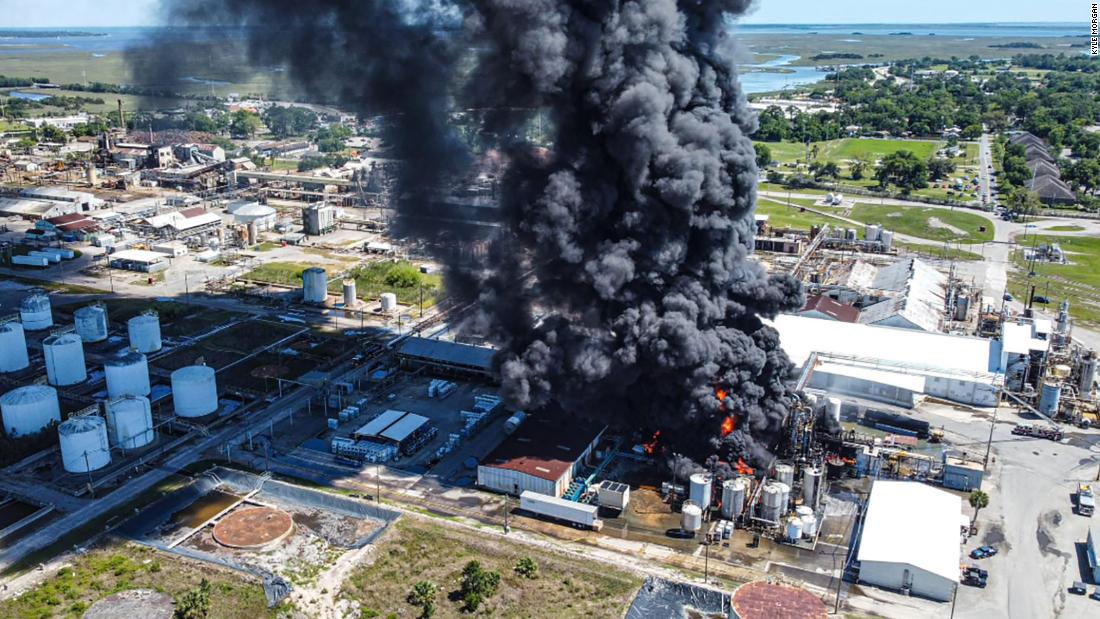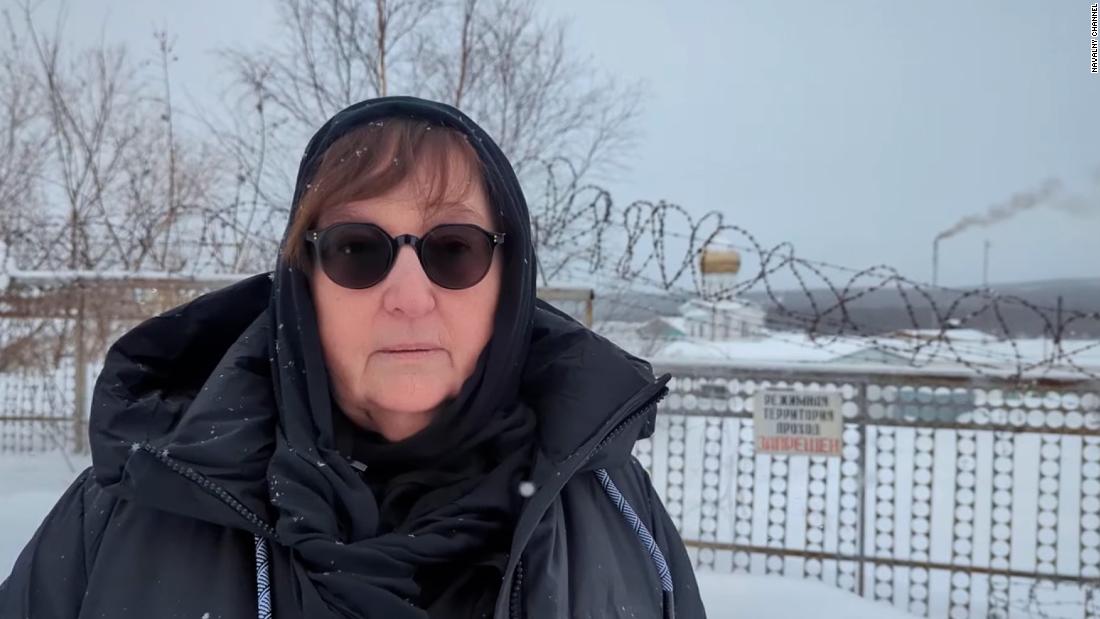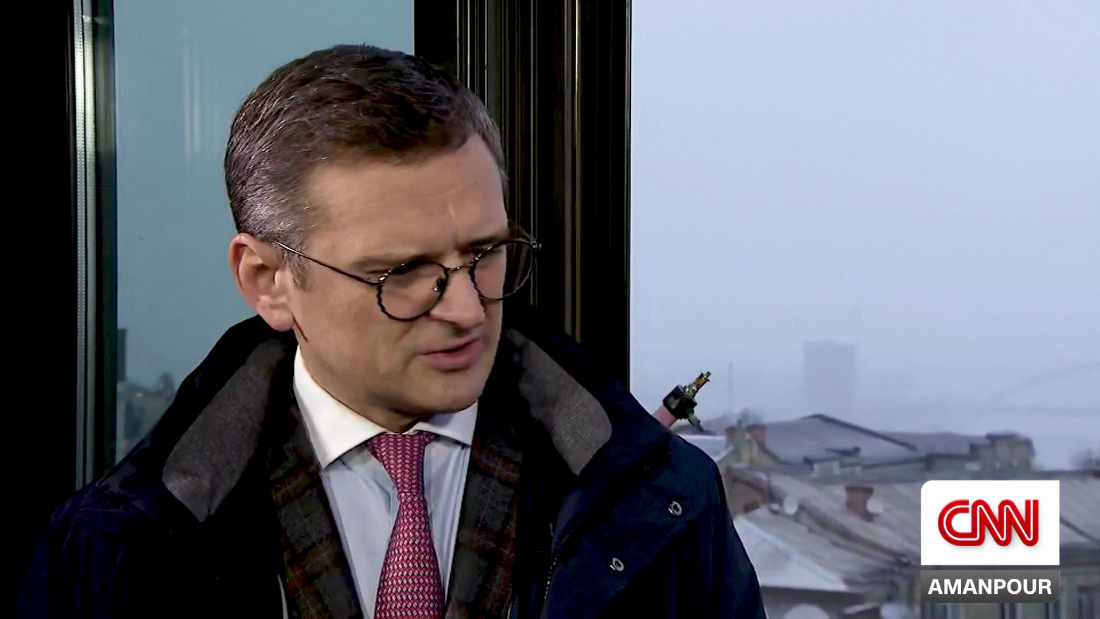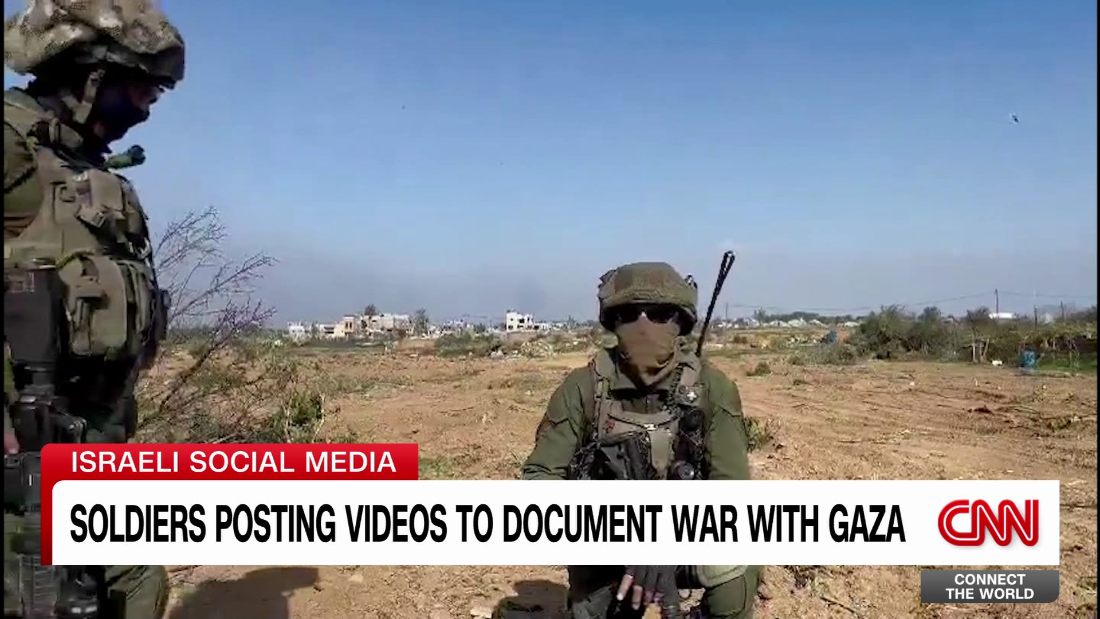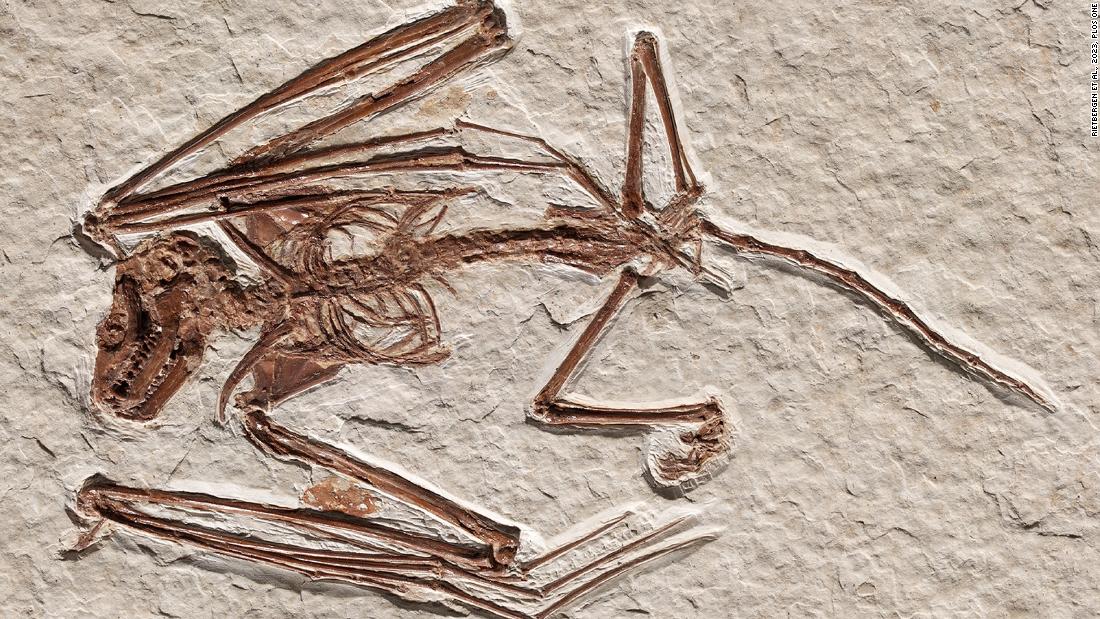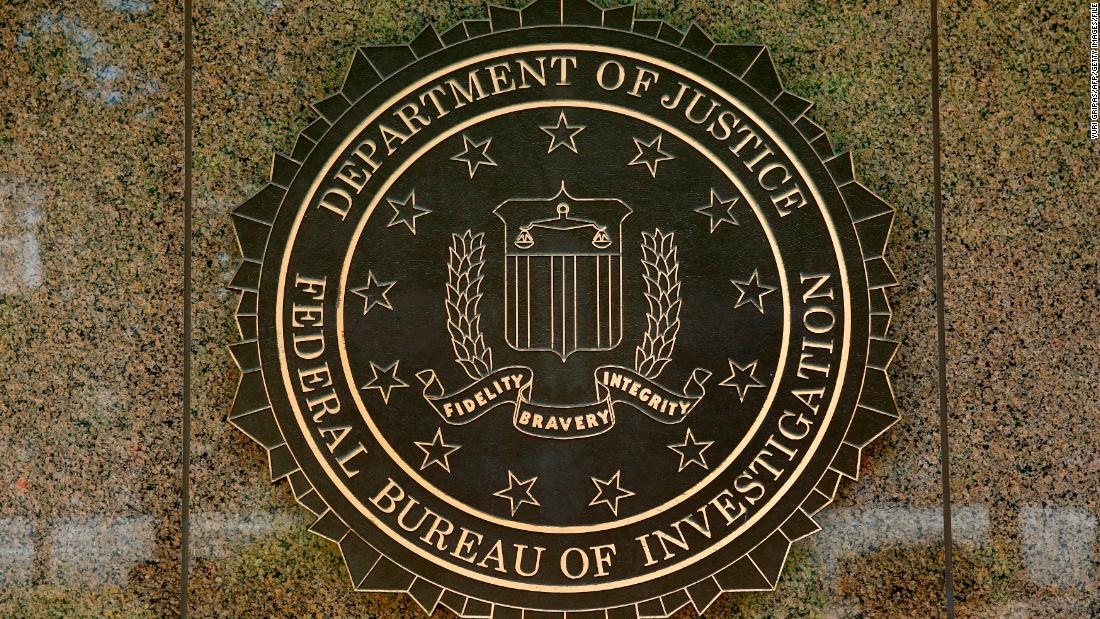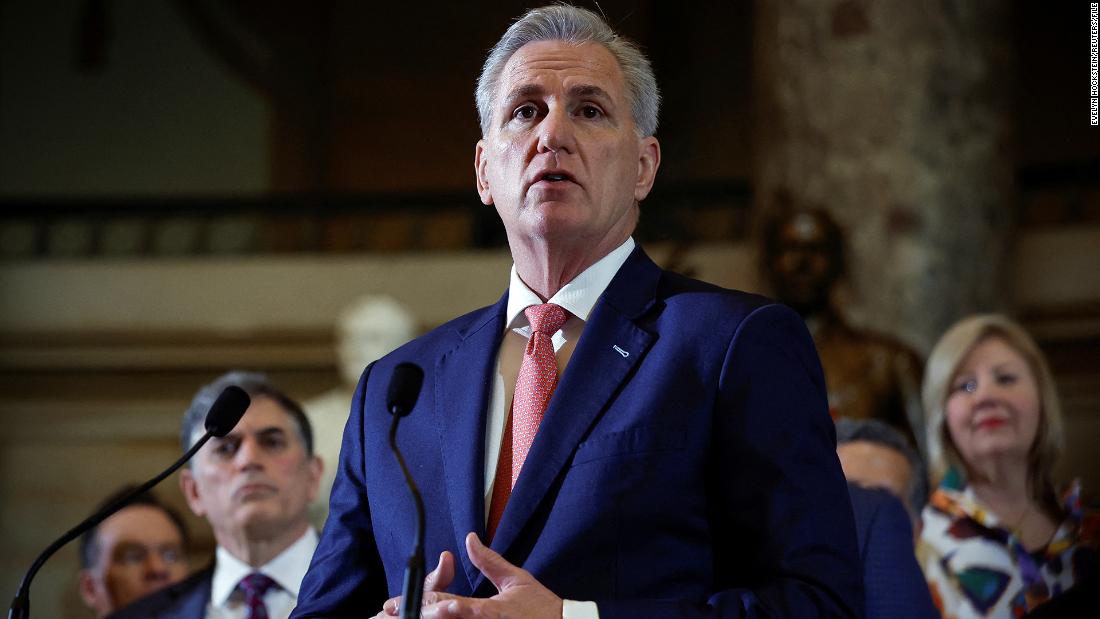A BOMBSHELL image of the viral Syrian “prisoner” discovered by CNN crew proves he was actually one of Assad’s ruthless officers.
The bogus inmate was found trembling under a blanket before being freed by the team, exclaiming: “Oh God, there is light.”
XThe trembling man in the viral clip was in fact one of Assad’s officers – Salama Mohammad Salama[/caption]
CNNThe Syrian ‘prisoner’ looked up at the sky and exclaimed ‘Oh God, there is light’ in the clip[/caption]
CNNThe TV crew found the apparent Syrian prisoner hiding under a blanket[/caption]
The man named himself to CNN’s Clarissa Ward as Adel Gharbal, a father from Homs.
But, following claims by the fact-checking site Verify-Sy that he could be one of Assad’s puppets, CNN launched an investigation into the man’s identity.
The broadcaster soon confirmed that the man was not called Adel Gharbals – but Salama Mohammad Salama.
Salama “was known by locals for running the Air Force Intelligence Directorate’s checkpoints” and was accused of “having a reputation for extortion and harassment,” CNN said.
A bombshell image was reportedly provided by locals to the CNN and Verify-Sy of Salama pulling a devious smirk behind a desk in what looks to be a government office wearing military uniform.
The groundbreaking picture was fact-checked with facial recognition software which found the evil officer was a 99 per cent match with the “inmate” from the rescue.
CNN said his whereabouts are currently unknown.
When reports first arose that the inmate was actually Salama, Verify-Sy said the officer brutally killed civilians and was responsible for detaining and torturing young men in the city on fabricated charges, citing locals as their sources.
Verify-Sy added: “Many were targeted simply for refusing to pay bribes, rejecting cooperation or even for arbitrary reasons like their appearance.”
They also accused the officer of involvement in “theft, extortion and coercing residents into becoming informants,” adding that he participated in military operations on various fronts in Homs in 2014.
CNNThe man had named himself to CNN’s Clarissa Ward as Adel Gharbal[/caption]
CNNSalama is captured on video being broken out of a cell that he said he had been held in for three months[/caption]
CNN said it was unsure how Salama had ended up in the Damascus jail.
But locals previously said he was imprisoned less than a month ago because of a disagreement he had with a higher-ranking officer over cash he allegedly extorted.
Salama is captured on video being broken out of a cell that he said he had been held in for three months.
He’s shaking and on the verge of tears in the footage, holding Clarissa’s hand while he says that Assad’s intelligence service took him from his home and guards beat him in the prison.
This has now been proven as false, seeing as Salama was in fact running the Air Force Intelligence Directorate’s checkpoints in Homs.
The bogus inmate gets taken into the sunlight by the team, which he said he hadn’t seen for months.
Fact-checking site Verify-Sy initially picked up that the inmate bizarrely didn’t flinch or blink when he looked up at the sky, which seemed unusual for someone who had been held captive for so long.
The site, a part of Poynter’s International Fact-Checking Network, said: “Despite the purported harsh treatment of detainees in secret prisons, Gharbal appeared clean, well-groomed and physically healthy, with no visible injuries or signs of torture.”
They added that he was “an incongruous portrayal” of someone allegedly kept “in solitary confinement in the dark for 90 days”.
The CNN team had provided food and water for the man after getting him out the cell, who claimed he was left without any supplies for four days when his captors fled.
After the spectacular fall of the regime, Salama has reportedly been trying to gain sympathy to protect his life, claiming he was “forced” into committing his crimes, locals said.
Salama allegedly even went as far as deactivating his social media accounts and changing his phone number to erase any evidence of his involvement under Assad’s regime.
Before Salama’s identity was confirmed by CNN, the broadcaster confirmed that its portrayal of the man’s rescue was authentic and played out how it was reported.
The spokesperson told the Daily Beast: “No one other than the CNN team was aware of our plans to visit the prison building featured in our report that day.
“The events transpired as they appear in our film.
“The decision to release the prisoner featured in our report was taken by the guard – a Syrian rebel.
“We reported the scene as it unfolded, including what the prisoner told us, with clear attribution.”
They added that it was being investigated, leading to today’s bombshell discovery.
GettyShoes and clothes were found in secret compartment at Sednaya Prison[/caption]
GettyDozens of red rope nooses used for mass hanging were also found[/caption]
GettyA view of personal belongings of inmates in ‘White Building’ also called as the execution block of Sednaya Prison[/caption]
One of the biggest rebel operations after overthrowing Assad saw fighters liberate the harrowing Sednaya Military Prison – nicknamed the Human Slaughterhouse.
Haunting images from Sednaya show massive piles of clothes and shoes hidden away in a secret compartment.
Horrific footage also revealed piles of dead bodies in the dungeons of the hellhole site.
The bodies were taken to Al-Mujtahid Hospital as teams carried out an investigation into the secret areas of the prison.
RAPE, TORTURE AND DEATH
Some held at Sednaya say they were raped, and in some cases, forced to rape other inmates.
Floors of cells were coated in blood from tortured prisoners, according to a 2017 Amnesty report, with the bodies of dead inmates collected like rubbish at 9am each morning by guards.
Detainees were also made to follow horrific rules while being deprived basic necessities like food, water and medicine.
When food would be delivered it would often be cruelly scattered across cell floors by guards with a mixture of blood and dirt.
A human iron press was even discovered that was allegedly used to crush prisoners to death in Sednaya.
Rebels also found dozens of red rope nooses used for mass hangings in an execution room.
Other disturbing accounts say the mass hangings occurred once or twice a week on a Monday and Wednesday – chillingly in the middle of the night.
What is Sednaya Prison?
By Annabel Bate, Foreign News Reporter
SEDNAYA Prison – otherwise known as the Human Slaughterhouse – was a military prison near Damascus, Syria.
Operated by the government of Syrian Arab Republic, the hellhole prison was used to hold thousands of inmates that were civilian detainees, anti-government rebels and political prisoners.
The Syrian Observatory for Human Rights (SOHR) estimated in January 2021 that an overwhelming 30,000 detainees were horrifically executed under the Assad regime in Sednaya.
Guards would use torture as a killing technique, as well as have mass executions.
Some held at the horrific prison of Sednaya say they were raped, and in some cases, forced to rape other inmates.
A regular form of punishment was some kind of torture and sever beatings from guards, it’s claimed, which led to individuals suffering life-changing damage like disabilities or death.
Floors of cells were coated in blood and pus from tortured prisoners, according to a 2017 Amnesty report, with the bodies of dead prisoners collected like rubbish at 9am each morning by guards.
Detainees were also forced to follow horrific rules as they were forced as they were deprived the basic necessities of food, water and medicine.
When food would be delivered it would often be cruelly scattered across cell floors by guards with a mixture of blood and dirt.
Other disturbing accounts say the mass hangings occurred once or twice a week on a Monday and Wednesday – chillingly in the middle of the night.
The unbelievable practices, which human rights groups say amount to war crimes and crimes against humanity, were authorised at the highest level of the Syrian government under Assad.
Published: [#item_custom_pubDate]



























